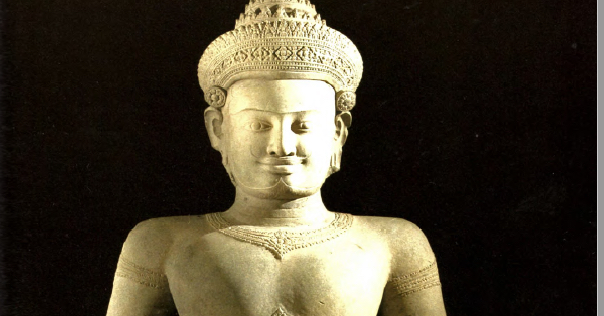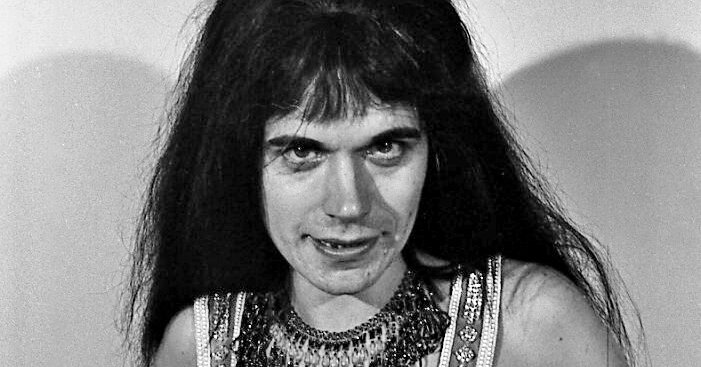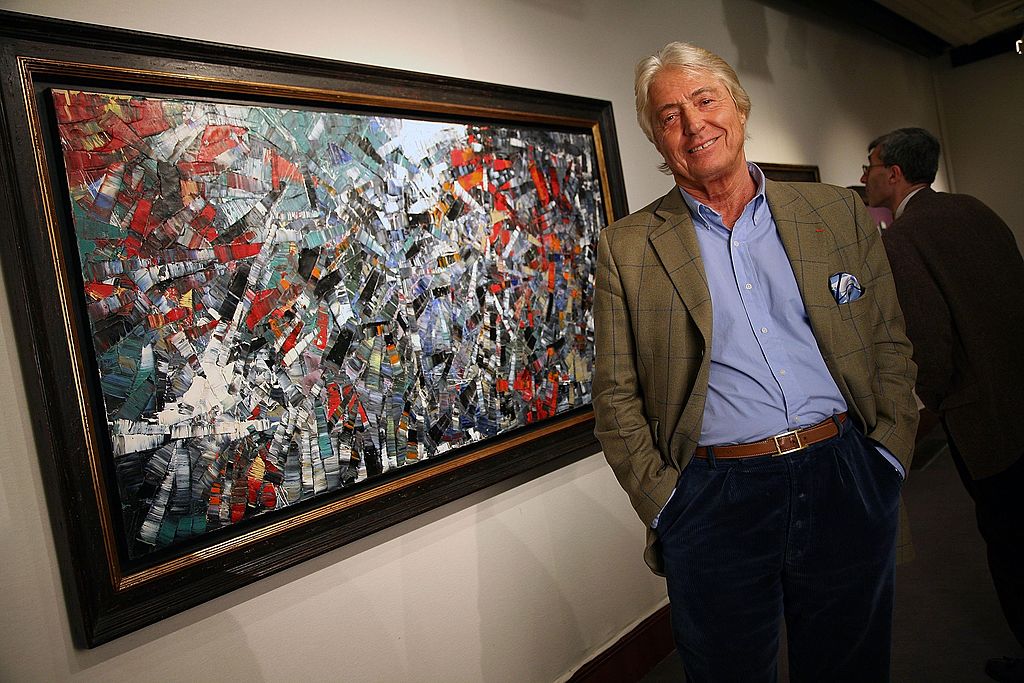A family of billionaire art collectors and philanthropists has agreed to return 33 ancient statues to the Cambodian government after investigators determined that the treasures had been looted, Cambodian and American officials said on Tuesday.
The officials said the objects, some dating back at least 1,200 years to the Khmer Empire, were purchased over several decades by George Lindemann, a gas and oil executive and Palm Beach, Fla., art collector who died in 2018 at age 82.
While the items are hard to value, Cambodian investigators said Mr. Lindemann is believed to have paid at least $20 million for them, based on their research into known sales of Khmer antiquities. Cambodia has been on a worldwide hunt to recover hundreds of relics pillaged between the 1960s and early 2000s, a period of genocide and civil conflict during which looters were able to act with impunity.
The deal comes nearly three years after federal investigators began looking into the Lindemann collection at the request of the Cambodian government, and federal officials said in a statement on Tuesday that the return was voluntary.
Phoeurng Sackona, Cambodia’s minister of culture and fine arts, said, “It pleases the Cambodian government that the Lindemann family, in possession of these national treasures, knowing they were wrongfully possessed, have duly and voluntarily returned them to their rightful owners.”
In a statement, the Lindemann family said that “having purchased these items from dealers that we assumed were reputable, we were saddened to learn how they made their way to the market in the United States.”
The handover marks the return of yet another trove of Cambodian statues, sculptures and centuries-old relics that have spent decades in the hands of private collectors and American museums.
The Cambodian government has been pressing the Metropolitan Museum of Art to return at least 45 Khmer items from its collection, saying it has evidence that they too were looted. The museum, which has asked Cambodian officials for proof that any of its Cambodian items are illicit, has at least four Khmer relics in its collection that were donated by the Lindemanns in the 1990s.
Bradley J. Gordon, a lawyer representing Cambodia, said the Lindemann collection included extraordinary works that had once adorned major temples and shrines, some of which were unknown to Cambodian historians because they had been stolen from sites deep in the nation’s jungles and forests.
Clues to the existence of the Lindemann items, Mr. Gordon said, arose when a team of Cambodian investigators spotted them after searching through back issues of Architectural Digest. The magazine had several times featured photos of Mr. Lindemann’s tropical villa in Palm Beach, where the items were displayed, as The Washington Post reported last year.
“We have very specific information from looters who recognized pictures of items that are in the Lindemann collection,” Mr. Gordon said in an interview. In recent years, he added, some surviving looters have come forward to aid the recovery effort to atone for their acts.
Cambodian investigators have also obtained thousands of pages of documents from the computer of a prolific Khmer antiquities smuggler, Douglas A.J. Latchford, a number of which show exchanges between Mr. Latchford and Mr. Lindemann.
The computer files, reviewed by The New York Times, also show photos of Mr. Lindemann and his wife, Frayda, traveling to Cambodia in the 1990s to meet with Mr. Latchford and to acquire Khmer relics, Mr. Gordon said.
In 2019, a year before Mr. Latchford died, American prosecutors accused him in an indictment of having “built a career out of the smuggling and illicit sale of priceless Cambodian antiquities, often straight from archaeological sites.” In 2021, Mr. Latchford’s daughter agreed to return more than 100 statues and dozens of smaller treasures that had been hoarded by the dealer in his Bangkok and London homes.
As word of Mr. Latchford’s involvement in smuggling and looting spread among collectors and museums a decade ago, some individuals and institutions came forward to voluntarily return objects; others were seized by court order.
James H. Clark, the internet pioneer whose Netscape browser once commanded the search engine market, spent roughly $35 million to buy dozens of antiquities from Mr. Latchford, many of which he used to furnish a penthouse in Miami Beach.
Investigators say that as soon as Mr. Clark was approached about those dealings in January 2022, he agreed to return 35 objects, including a rare statue of the Hindu elephant god Ganesha.
Mr. Gordon said the items Cambodia was most eager to recover from the Lindemann collection include a stone sculpture of the Hindu deity Vishnu reclining with a large serpent, several massive statues of deities dating to the 10th century, and a half-dozen heads of statues that they hope to rejoin to torsos.
Cambodian officials said they would also seek the return of the items they say Mr. Lindemann donated to the Met. In an interview, Ms. Sackona, the culture minister, said “the return sets an excellent and proper example for other museums and private collectors to follow.”



